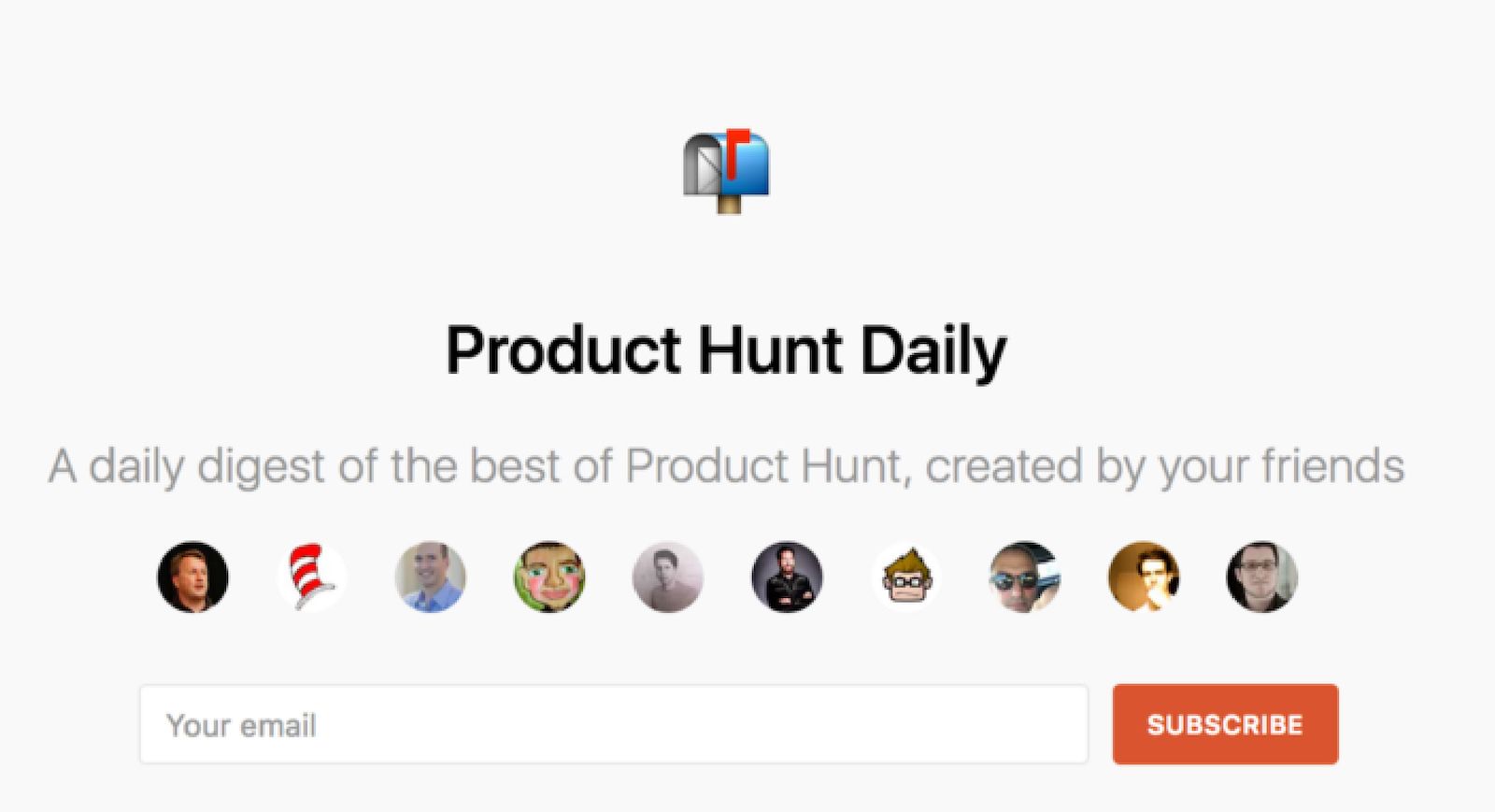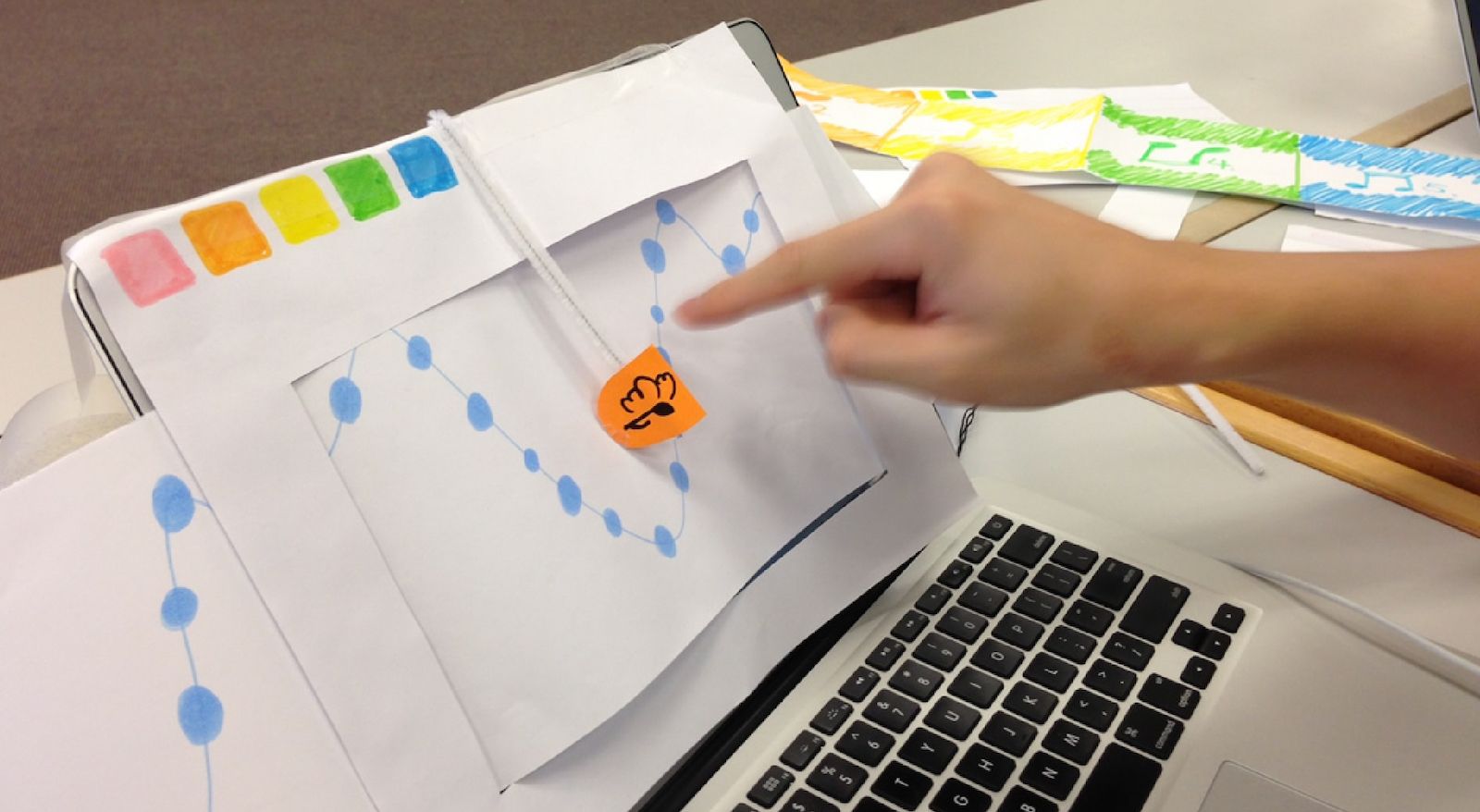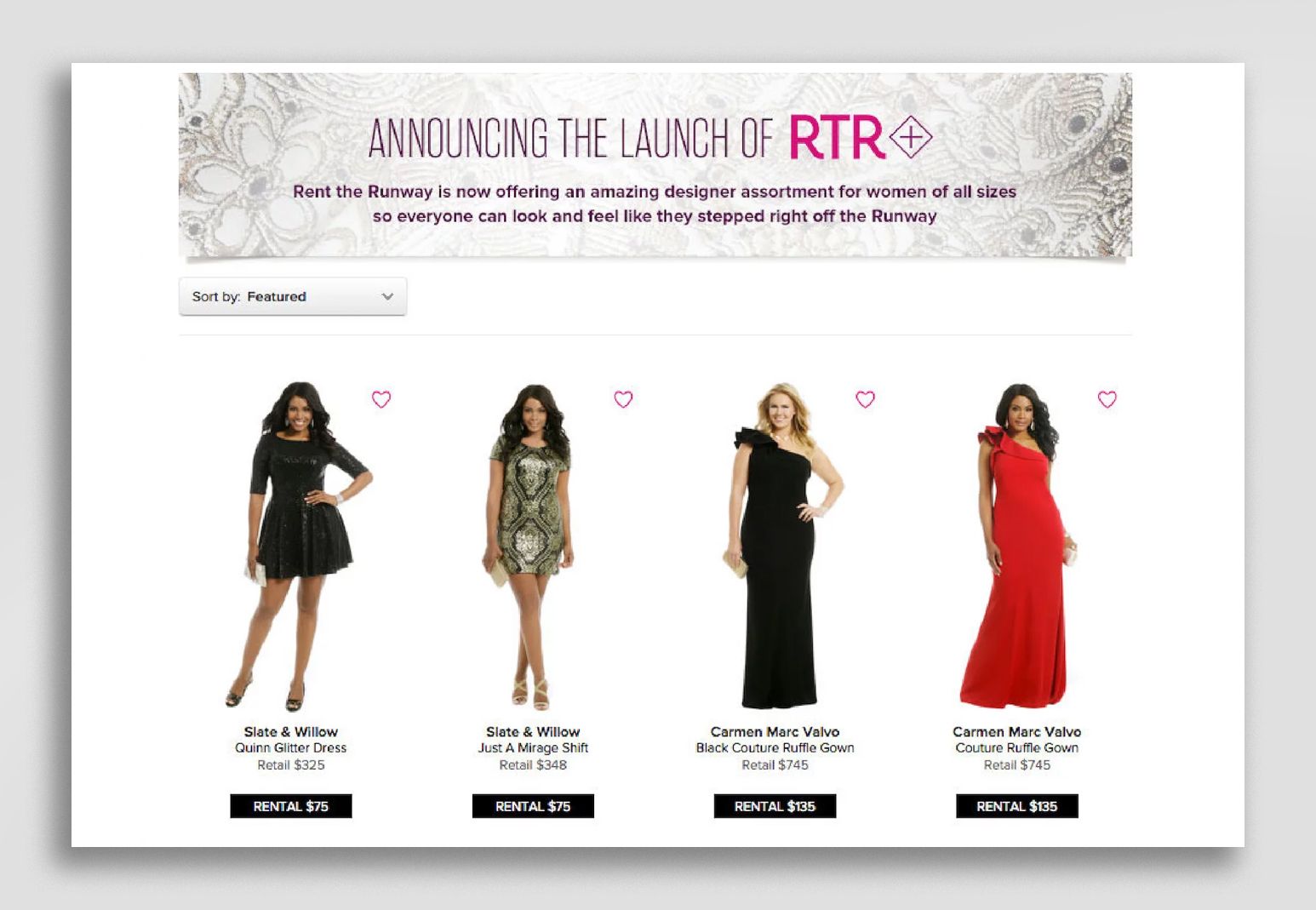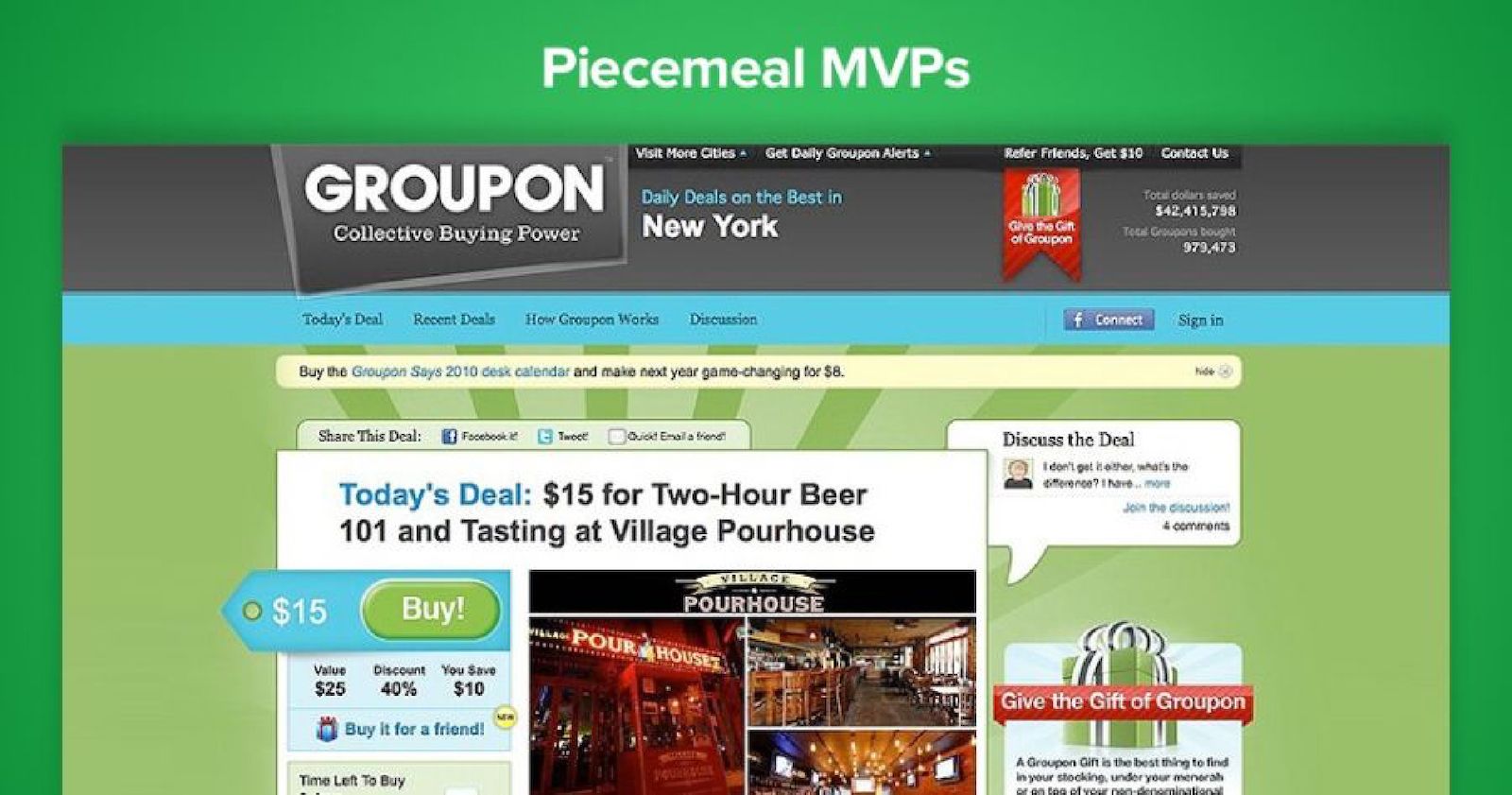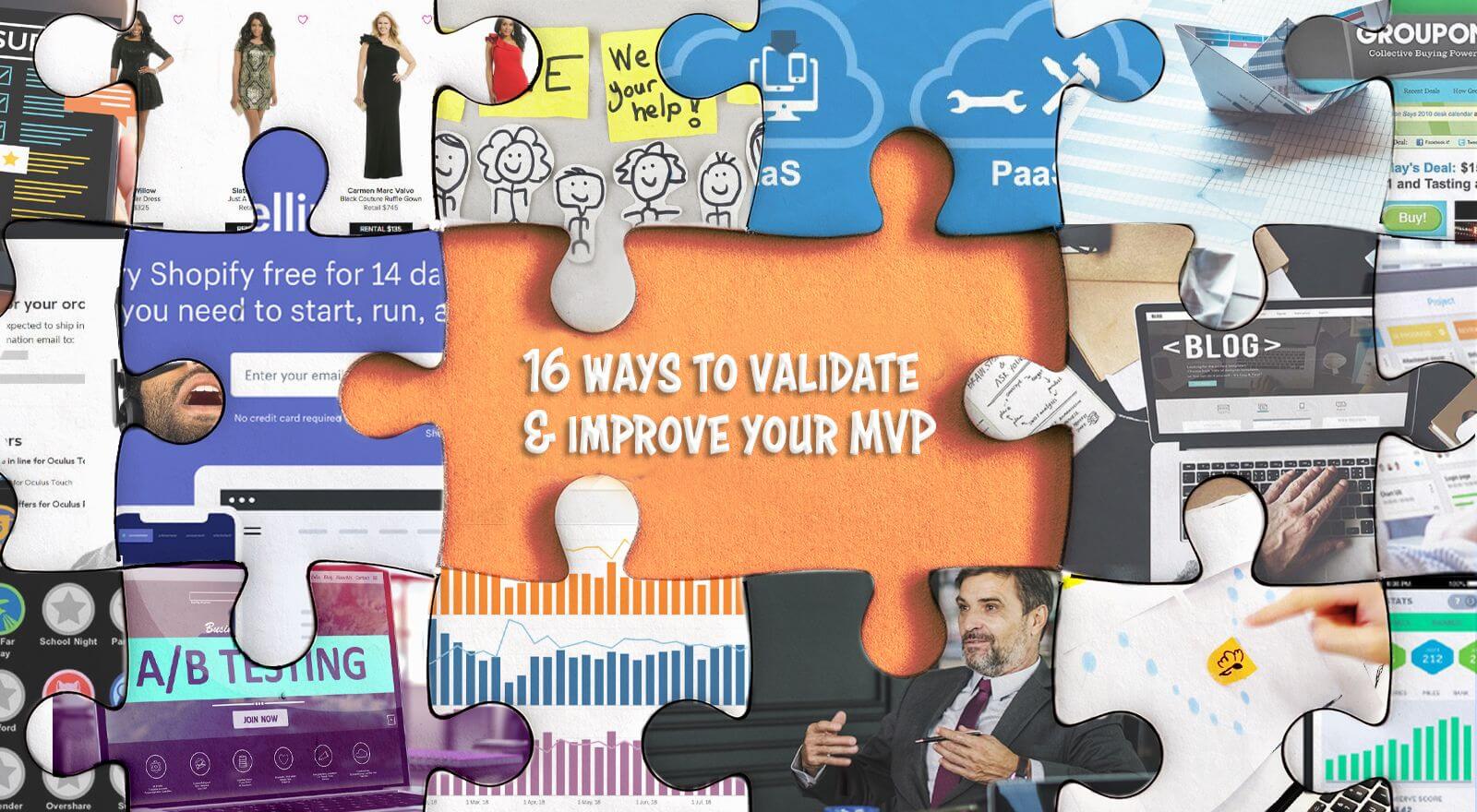
In the previous blog, we covered how to utilize Design Thinking to create your Minimum Viable Product or MVP; however, that is only half of the equation.
The reasoning behind creating an MVP is simple but what is exponentially more important is to test and prove your ideas, concepts, and hypothesis before you allocate resources to it. Why? Because it will tell you whether or not you should be following through with your idea in the first place!
Here is how resources used to be allocated: “I think that sounds like a great idea for a new feature. Here is your team, budget, and time frame to deliver it.” Sound familiar?
And this is how resources should be allocated: “Where’s the proof that this is a good idea to spend time, money, and people on?” Do you see the difference?
Building and testing your MVP is a means to make sure you are not wasting valuable resources on a product that doesn’t target a viable market or is not technically feasible. But how to test your MVP and validate it?
Here are the best methods for discovering if what you are doing is what you should be doing (even before you do it).
Customer Interview

The most common and among the most effective methods to test your MVP is to get feedback and validation from the customers who will use it. This doesn’t need to be an elaborate process, instead, simply hold unscripted interviews with the people for whom the product is intended to bring to light information about the problem they have that your product aims to solve.
It’s important to note that these interviews are to be exploratory, not a sales pitch about your product. You want honest answers, so try listing out the problems you believe your product to solve and ask the users what they think of them and rank them in importance.
These interviews can provide an abundance of valuable and most of all, actionable information because even if your hypothesis is proven wrong and what you thought mattered to the customer doesn’t, you will have a better insight into your market and can pivot your offering accordingly.
A/B Tests
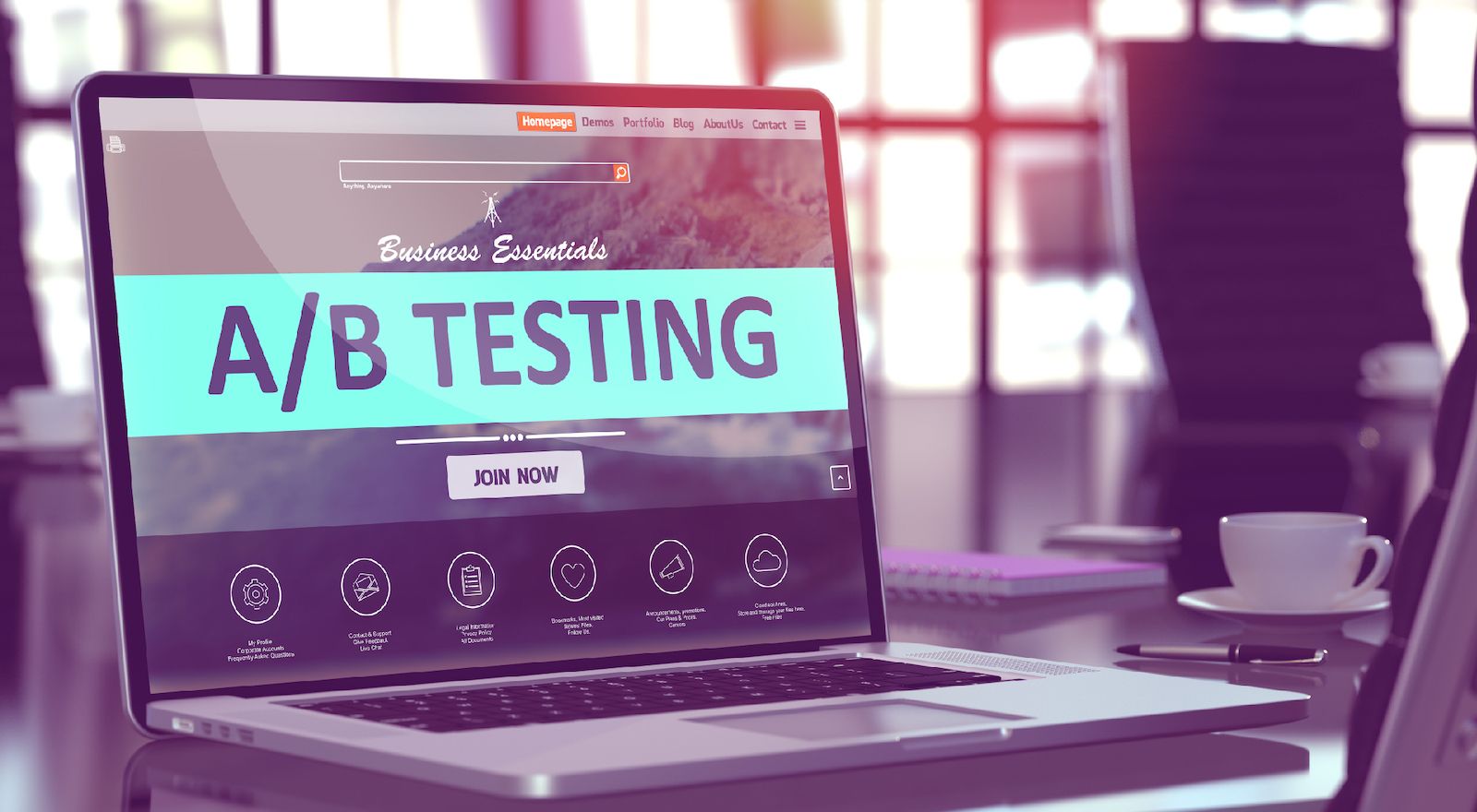
Another effective method for validating your MVP is to perform A/B tests. Let’s assume that your new product is a webpage; however, you have two options and find yourself unable to decide which one you like better. First off, you shouldn’t be the one decided; rather, you should enlist the help of those who visit your webpages to determine which one resonates best.
The process of running A/B tests is simple, you randomly funnel the visitors to your site to one of two pages (A and B), and then use data gathered through analytics tools to measure the performance of each based on a set of metrics like usage, time on site, bounce rate, conversion and more. When all is said and done, you should know which of the two versions is more desirable and elicits the response you want; or if it is time to go back to the drawing board, except this time, with greater insight, thanks to the A/B tests.
Ad Campaigns
Although it may seem counterintuitive, running an ad campaign can be an effective method of gaining validation for your MVP. Platforms like Google and Facebook are ideal for these types of tests because they allow you to get ultra-specific about your desired demographic and the particular customers you are trying to reach. As a result, it allows you to run tests to help determine which features or aspects of your product are appealing to the people you want it to be appealing to.
It is crucial to keep in mind that at the end of the day, running these campaigns may not give you the optimal exposure you’d hope for a new product, but in terms of testing your hypothesis, it’s priceless.
Fundraising (Crowdfunding)

If you are familiar with websites like Kickstarter and Indiegogo, then you have already been exposed to this method of MVP validation. Essentially, these websites are just collections of peoples MVPs, whereas the validation and market response comes in the form of peoples interests via contributions to the campaign.
One of the greatest appeals of this method is that it combines the advantages of both validated learning and fundraising for product development. So not only are you raising funds (arguably an essential part of new product development) but you also find yourself with a captive audience of highly interested (and invested) early adopters who also have a stake in the success of your product. This a great way that will often be used by an MVP Development company to not only receive continuous feedback but can also help spread word-of-mouth.
Pre-Order Pages

Not unlike Crowdfunding, Pre-Order pages have proven a very effective way to validate your MVP, often, before you even build it.
Oculus Rift is a prime example of this method being utilized as they released a pre-order page for their development kit before they even began production of them. This helped them to validate their idea by showing them that demand existed for the product, even before they built it.
However, it should be noted that this method is not without its risk. Customers being customers are always, to some degree, wary of the possibility that the product delivered is not the same product that was promised to them. In short – no vaporware.
Blogs

A crucial and foundational aspect of MVP validation is an open form of communication between products teams and the market, and few methods of two-way communication have proven as effective in our modern age as the blog.
Blogs not only allow you to validate your ideas but will enable you to do so by narrowing down on your target market and gauging their response. This comes with the added benefit of garnering supper from a community of followers; that is, assuming your blog resonates and is received well. But the best part is, even if it doesn’t, you’ll have learned and discovered valuable information that can support your efforts in the next iteration.
Although not commonly thought of, a blog itself can serve as an early prototype of a product – and the prime example is a book. Just remember, Eric Ries’ acclaimed and seminal book The Lean Startup started as a blog and built an audience and demand long before a publishing deal was signed.
Social-Media & Micro-Surveys

Once you know who you want to target with your MVP, the next step is reaching them. However, if you find yourself at this stage you are already making excellent headway – knowing who your target audience segments are is half the battle, at least, it is when you are utilizing Social-Media and Micro-Surveys.
What is the problem with surveys in general? Is it the low response rates, bias, the non-actionable results, or just the overall survey fatigue? In reality, it is all of the above, which makes it so crucial not only what questions you ask but how many.
By utilizing Social-Media and Micro-Surveys, you’ll find not only a higher response rate by meeting your audience where they are likely spending their time anyways but by asking only a few, short, poignant questions, you’ll further find your response rate increase. Plus, when you utilize tools like Facebook survey, you can empower your audience to add their own options as answers which can provide some very enlightening feedback.
Emailing
Most people view email as a means of communication but being that communication is at the core of MVP validation, it only stands to reason that email can serve as a method in its own right.
Often referred to as audience building, the premise is simple: Send out an email and track the actions of the recipient using tools and plug-ins. How many users click on the links? How many people respond? While this may seem like basic information, in reality, and as this story demonstrates, it is certainly a fast way to prove that you do, in fact, have an audience.
Product Hunt, the popular website that lets its users share and discover the latest products in tech, started as a simple newsletter email. It took the founder, Ryan Hoover, only 20 minutes to prepare and within two weeks had 130 subscribers, many of which turned out to be Silicon Valley influencers. And in case you were wondering Hoover went on to sell his site for an astounding $20 million.
Landing Pages
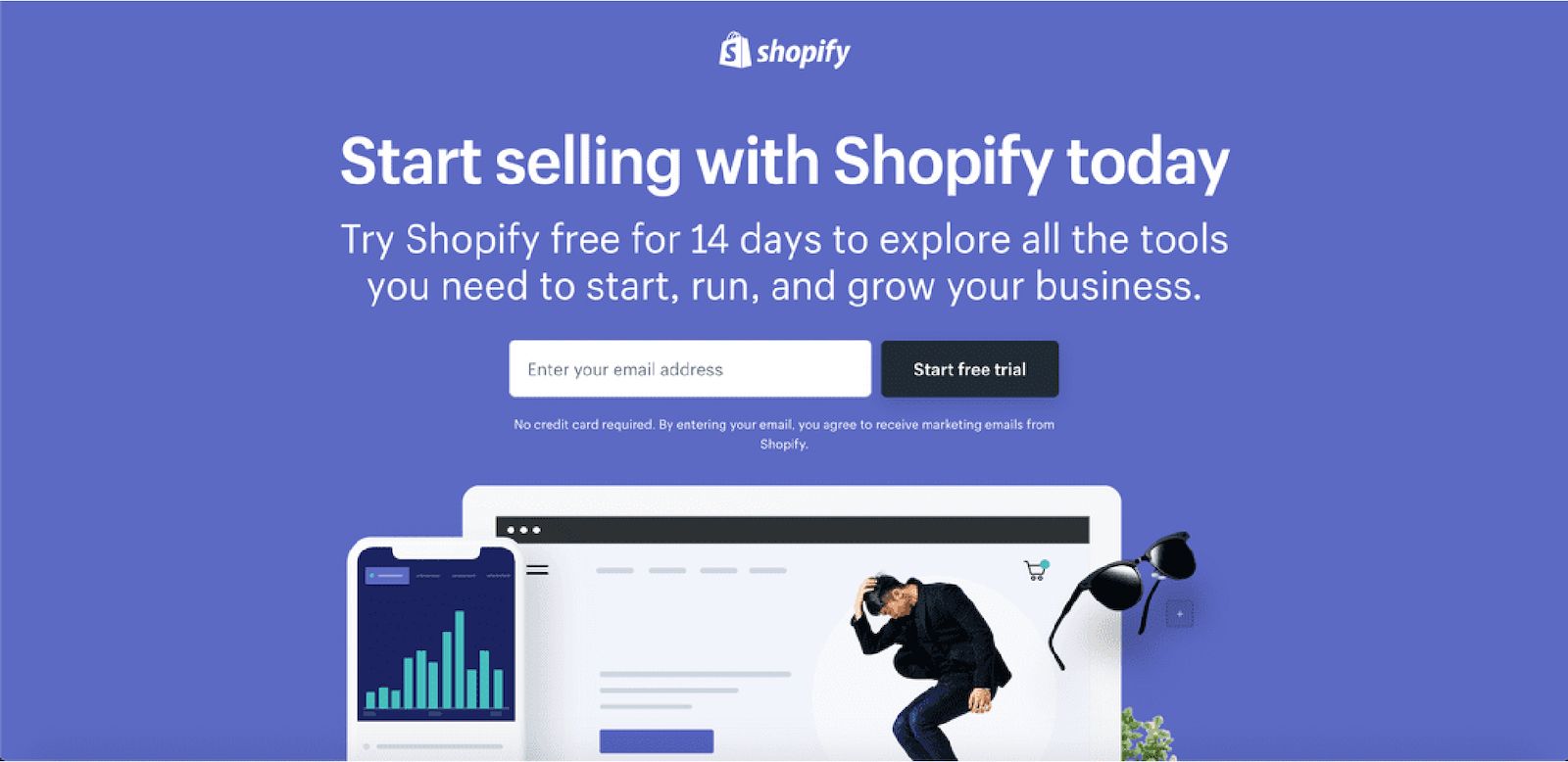
A Landing Page, as I am sure you all know, is the page potential customers go to to find out about your product. However, much more than that, it is a great way to test that product in the real-world market and against actual user expectations.
For the most part, landing pages seem to get used as an elaborate email capture page; however, it doesn’t have to be so limited. Rather than using it to build your mailing list, it can be used to measure demand and can even help determine appropriate pricing.
By adding an interstitial page between the features and signup form, a page that shows a pricing table (ideal for telecom), you can determine which price is more appealing by analyzing the extra clicks which will help you narrow down on what price is appropriate to the market. This method can be combined with A/B testing to help you further determine which “pitch” works best for conversions.
Competitive Products in the Market

While I don’t want to be a downer, but the reality is that there is a high likelihood that the product you are looking to launch is already available in the market; or at the very least, a very similar one. Once again, this is not a reason to be discouraged; instead, this is an opportunity to validate your MVP, and the MVP product development, at a substantially lower cost. Why? Because you already have a product to analyze!
If your product is similar to another, your first step in validation should be analyzing the already available product to see what they have that your product doesn’t. That is step one, but you shouldn’t stop there. The next logical step is to analyze what your product has that they might be lacking, and then, utilizing some other methods on this list like social-media survey, A/B tests, and more, you can determine how your differentiators resonate with the market. Hopefully, what you’ll discover is that your own products unique features are what the market is looking for; and if not, you have somewhere to pivot towards.
Manual-First (aka “Wizard of Oz”) MVP
The phrase “fake it ’till you make it” is a popular expression amongst startups; however, the same principle can interestingly enough be applied to validating your MVP.
The Manual-First approach, also known as Wizard of Oz comes from the idea of giving the users the impression of a fully functioning product or service, but in reality, all the work in the background is being done manually.
A prime example of this is the massive e-commerce site Zappos. Nick Swinmurn, the site’s founder, used to put up photos of shoes from local shoe stores on his website to determine the demand for an online store. And when somebody did place an order (keeping in mind this is before any investment or infrastructure was established), he would simply go the store, buy the shoes, and send it to the customer.
Concierge MVPs
In many ways, the Concierge method is similar to the Manual-first approach, except, rather than faking a working product or service, you’re upfront about the manual work, and even take it one step further by delivering the product as a highly customized service to a select number of customers – thus the name, “Concierge.”
A prime example of this method in action was used by a company called Rent the Runway. An online dress rental business, they provided in-person service to their core demographic (female college students) where anyone could try on a dress before renting it. Not only did this successfully spread the word about the business and provide them with valuable feedback, but it validated their most significant uncertainty – would women rent dresses.
When you utilize this approach to create Concierge MVPs, instead of pouring time, money, and resources into building a real product, you can find answers to your most important question first – are you creating something that customers will actually pay for.
Piecemeal MVPs
A hybrid blend of the Manual-first and Concierge methods of validation, Piecemeal MVPs require building a demo of your product out of the existing tools and platforms at your disposal. This allows you to deliver the experience to your customers without actually having to build anything yourself.
One of the best examples of this method in action was with a little site known as Groupon. In its earliest days, Groupon was simply a combination of WordPress, Apple Mail, and an Apple Script that manually generated PDFs as orders came through the website.
The distinct advantage to this is the ability to significantly cut down on costs by not investing the time and money required to create your own infrastructure; rather, utilizing existing services and platforms on the market as a foundation – a foundation that will effectively serve to determine whether your product idea is worthy of investment of its own.
PaaS & SaaS tools
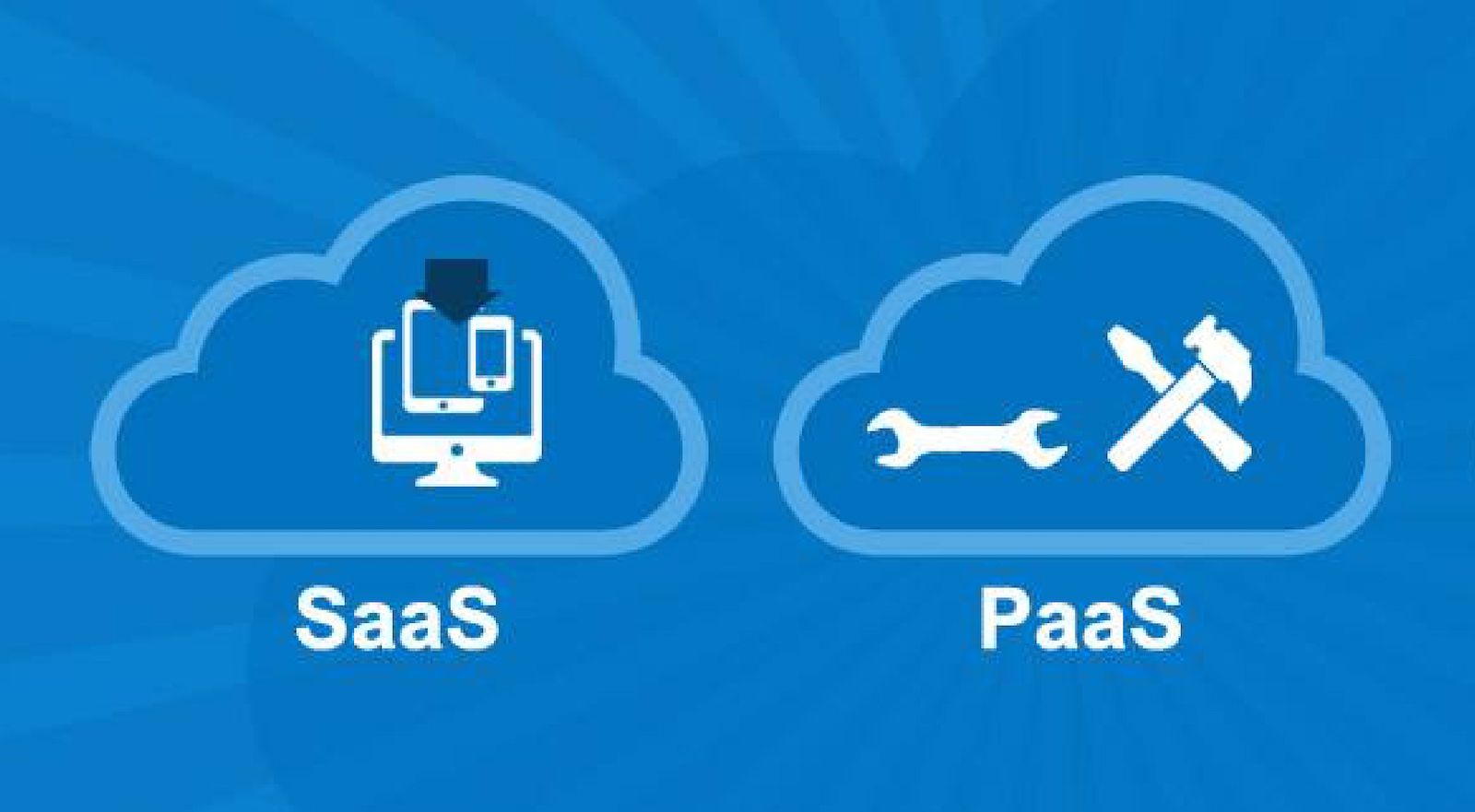
Investing in scalable server technology is expensive; especially if there is still uncertainty around whether the product or services that calls for it is worthy of the investment. Knowing this makes reliance on cloud platforms like AWS, Heroku, MongoDB, and Facebook Connect; services like Mixpanel, MailChimp, LiveChat, and Google Forms; and even platforms like WordPress and Drupal that are much more appealing (not to mention economically feasible).
Products and services like the ones mentioned can significantly help in your development. To touch on the Groupon example again, when they started as a customized WordPress site where the founders simply posted deals and sent subscribers PDFs manually. As it becomes clear from this example, not only can PaaS and SaaS help to build your MVP, but can, in fact, validate it – much like we see done by Groupon. This method also comes with the added benefit of eliminating many of the issues faced by developers such as compatibility, mobile-friendly design, and code-based issues because these tools have already taken care of these issues.
Digital & Paper Prototypes
A digital prototype is a great and inexpensive way to validate your MVP. These can be anything from a simple, low-fidelity sketch to screenshot previews; however, it is vital to keep in mind that the objective is to gather feedback, which means that a digital mockup, or “dummy application” should be your end goal to maximize learning.
A paper prototype, on the other hand, is similar to its digital counterpart, except these are physical and are usually made out of (you guessed it) paper cutouts that are designed to emulate your product and the experience it gives the user. One of the key advantages of this method over others is that it can be utilized by anyone on the team, from product managers, investors, developers, etc., and require little in ways of explanation as it is a physical representation of the product.
Single Feature MVPs

Have you ever heard the expression “less is more?” Well, in terms of validating your MVP, this adage may carry more weight than you think.
With time and resources coming at a premium, it can often be advantageous to focus on a secular feature of your MVP to save time, money, and effort in development. Not only that but by focusing on a single aspect, you can avoid distracting your users with other elements of the product that are not trying to be validated.
By implementing these restrictions on your validation, you can help focus in on your customers and their needs while getting feedback on one feature as opposed to multiple, which can often muddle the process and cause even the most diligent of teams to lose focus.
Creating and testing an MVP will invariably take time, resources, and money to do – but it should never be regarded as a waste. After all, what if you end up taking to market a product or service that nobody wants, least of all is willing to pay for?
Use several of the MVP testing techniques listed above. Be sure to incorporate different perspectives to elicit your validation, and whatever you do, forget the notion that “if you build it, they will come.” The goal of testing your MVP is not only to minimize the risk but to create something that people want, need, and are willing to pay; in other words, building and testing an MVP is precisely what you want.

